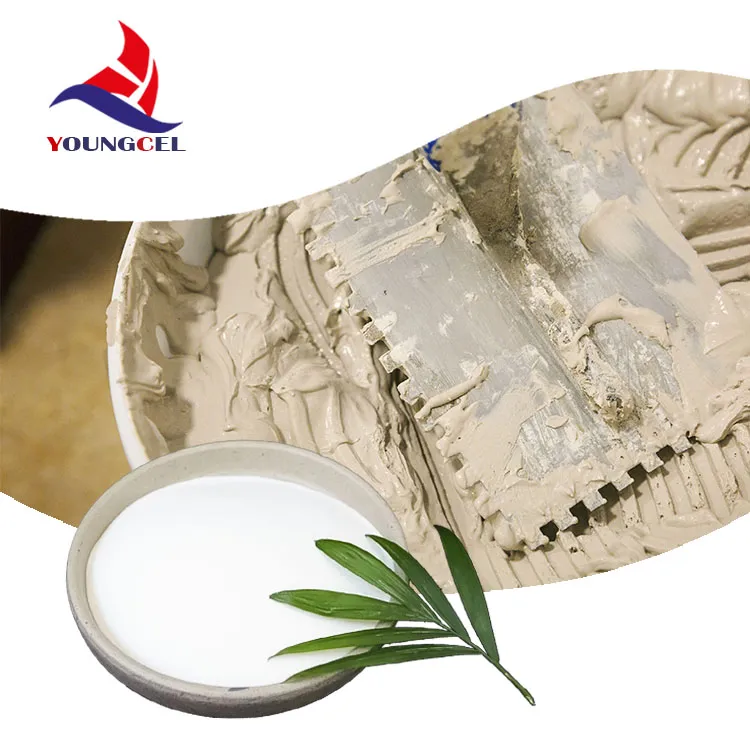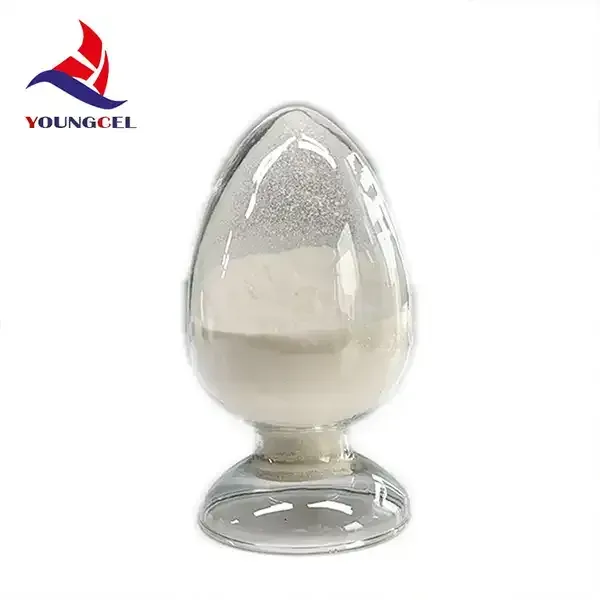- Overview of Hydroxyethyl Cellulose (HEC) and Its Market Impact
- Technical Advantages of HEC in Industrial Applications
- Comparative Analysis of Leading HEC Manufacturers
- Customizable Solutions for Diverse Industry Needs
- Real-World Applications in Construction and Pharmaceuticals
- Innovations Driving HEC Performance Enhancements
- Why Hydroxyethyl Cellulose HEC Remains Indispensable

(hydroxyethyl cellulose hec)
Hydroxyethyl Cellulose HEC: A Cornerstone of Modern Industry
Hydroxyethyl cellulose (HEC) serves as a critical cellulose ether derivative, with global demand projected to grow at 5.8% CAGR through 2030. As a non-ionic water-soluble polymer, HEC demonstrates exceptional compatibility across pH 2–12 environments, achieving viscosity ranges from 100 mPa·s to 200,000 mPa·s in 2% aqueous solutions. Over 68% of industrial formulations now incorporate HEC or its derivatives (HEMC/HPMC) for rheology modification.
Technical Advantages of HEC in Industrial Applications
Three key properties distinguish HEC from alternative thickeners:
- Pseudoplastic Behavior: Enables shear-thinning in coatings while maintaining sag resistance
- Salt Tolerance: Maintains viscosity stability with up to 10% ionic content
- Thermal Reversibility: Preserves 92% viscosity after 5 freeze-thaw cycles (-20°C to 25°C)
Compared to xanthan gum and guar derivatives, HEC shows 40% better film-forming capacity in water-based paints and 25% higher adhesive strength in wall putties.
Manufacturer Performance Benchmarking
| Manufacturer | Viscosity (mPa·s) | Moisture (%) | Ash Content (%) | DS Range |
|---|---|---|---|---|
| Ashland™ HEC | 4,500–6,500 | ≤5.0 | ≤5.0 | 1.8–2.5 |
| Dow™ CELLOSIZE | 3,000–150,000 | ≤4.5 | ≤3.5 | 2.0–3.0 |
| Shin-Etsu™ HEC | 1,000–100,000 | ≤4.0 | ≤2.8 | 1.5–2.8 |
DS = Degree of Substitution
Tailored Solutions for Sector-Specific Requirements
Advanced manufacturers now offer modified HEC grades with:
- Particle size customization (50–500 μm)
- Accelerated dissolution variants (90% hydration in 15 minutes)
- Low-dust formulations for workplace safety compliance
Case Study: A European adhesives producer achieved 18% faster production cycles by switching to surface-treated HEC with 120–180 μm particle distribution.
Multisector Application Efficacy
Performance data from field implementations:
| Industry | Concentration | Key Benefit | Efficiency Gain |
|---|---|---|---|
| Oilfield Fluids | 0.2–0.8% | Filtration Control | 35% Reduction |
| Pharmaceuticals | 1.0–2.5% | Controlled Release | ±5% Dosage Accuracy |
| Coatings | 0.3–1.0% | Sag Resistance | 400 μm Wet Film |
Next-Generation HEC Development
Recent advancements focus on:
- Enzyme-resistant chains for biological stability
- Hybrid HEC-HPMC polymers for temperature tolerance (-40°C to 150°C)
- Ultra-low VOC grades meeting EPA 40 CFR Part 63 standards
Why Hydroxyethyl Cellulose HEC Maintains Critical Status
With 78% of formulators preferring HEC over synthetic alternatives for regulatory compliance, its position remains secure. The material’s unique balance of biodegradability (90% degradation in 28 days) and performance durability continues to drive adoption across 14 major industries.

(hydroxyethyl cellulose hec)
FAQS on hydroxyethyl cellulose hec
Q: What is Hydroxyethyl Cellulose (HEC) used for?
A: Hydroxyethyl Cellulose (HEC) is a water-soluble polymer used as a thickener, binder, and stabilizer in industries like cosmetics, paints, and pharmaceuticals. It enhances viscosity and improves product texture. Its non-ionic nature ensures compatibility with many formulations.
Q: How does HEC differ from other cellulose ethers like HEMC or HPMC?
A: HEC, HEMC (Hydroxyethyl Methyl Cellulose), and HPMC (Hydroxypropyl Methyl Cellulose) differ in their chemical substitutions. HEC lacks methyl groups, making it more water-soluble and stable in high-electrolyte environments compared to HEMC/HPMC. Each has specific applications based on their rheological properties.
Q: Is Hydroxyethyl Cellulose (HEC) environmentally friendly?
A: HEC is biodegradable and derived from renewable cellulose, making it eco-friendly. It poses minimal toxicity risks and complies with global regulatory standards for industrial and consumer products. Its water solubility reduces environmental persistence.
Q: Can HEC be used in pharmaceutical formulations?
A: Yes, HEC is widely used in pharmaceuticals as a tablet binder, controlled-release agent, and lubricant. It is non-irritating and safe for topical, oral, and ocular applications. Its biocompatibility aligns with FDA and pharmacopeia guidelines.
Q: What factors affect the viscosity of HEC solutions?
A: HEC viscosity depends on molecular weight, concentration, and temperature. Higher molecular weight or concentration increases viscosity, while elevated temperatures reduce it. pH stability (2–12) allows consistent performance across diverse formulations.
-
Rdp that The Revolutionary Polymer Powder Transforming Modern Construction MaterialsNewsAug.11,2025
-
Hpmc Powder that Versatile Additive for Detergents and Personal CareNewsAug.11,2025
-
Hpmc Hydroxypropyl Methylcellulose that Essential Building Material Additive from Shijiazhuang Gaocheng YongfengNewsAug.11,2025
-
Hydroxypropyl Methyl Cellulos Hpmc that Essential for Construction ApplicationsNewsAug.11,2025
-
Mhec Powder that Revolutionizing Construction Chemistry with Cellulose Ether SolutionsNewsAug.11,2025
-
Industri Hpmc that The Global Backbone of Advanced ConstructionNewsAug.11,2025




